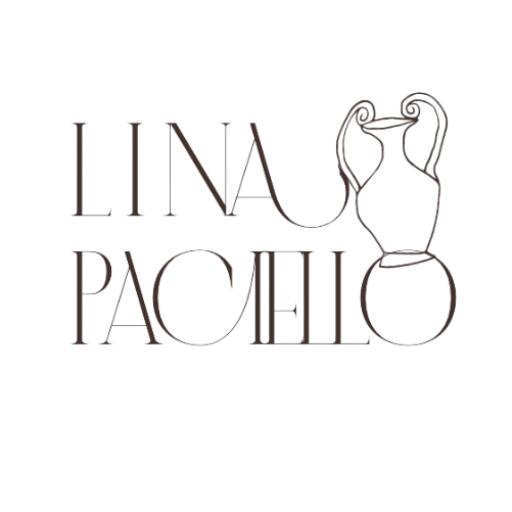I’ve always loved working with natural dyes and lately, I’ve developed a very real obsession with this incredible ancient dyeing technique. I’m still learning a lot and I think you probably never stop learning. There’s simply so much you can experiment with.
Dyeing with plants and things from nature is such a wonderful way to give new life to things you already have in a more creative and sustainable way.
I had 4 linen napkins in a color I wasn’t very found of, a dusty old pink shade. I don’t really like the color pink so I never used them. ( They where given to me in a press sample) So I thought i play around with them and see what color I could come up with instead by using things in may garde and kitchen. For this particular project, I’ve used 1x avocado stone, 6x loquat seeds, 2 table spoons of turmeric powder. I’m not sure if the loquat seeds actually released much colour as it was my first time using them, but they where sitting pretty on my countertop so I just threw them in. It’s always fun to experiment and I absolutely encourage you to!
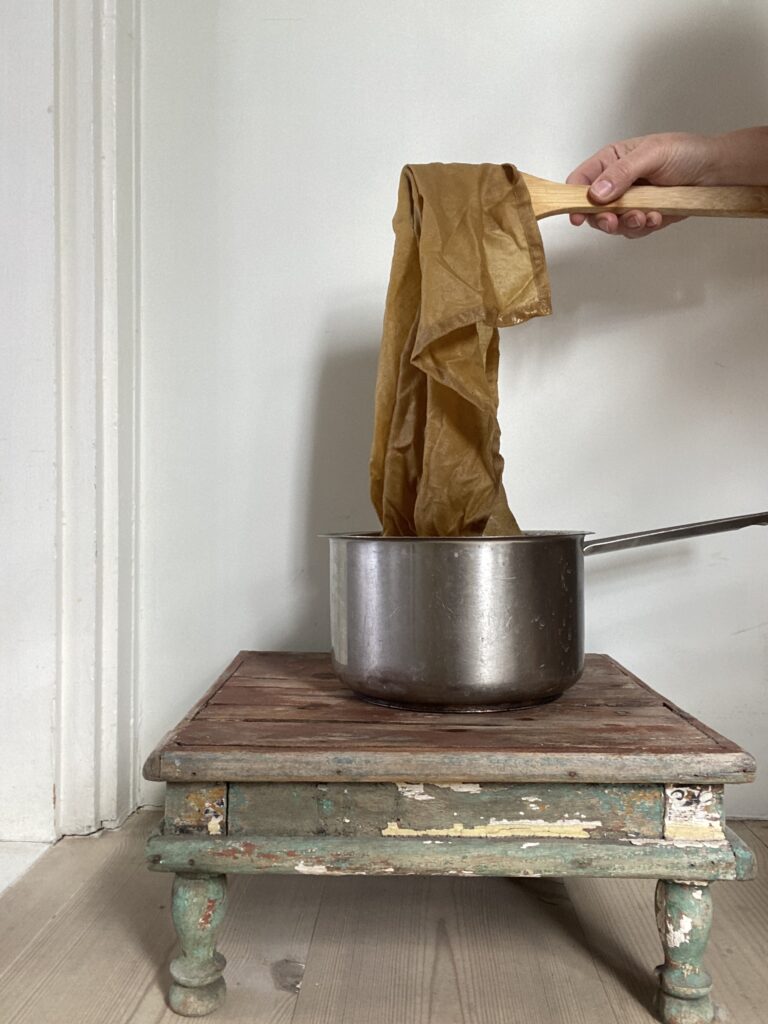
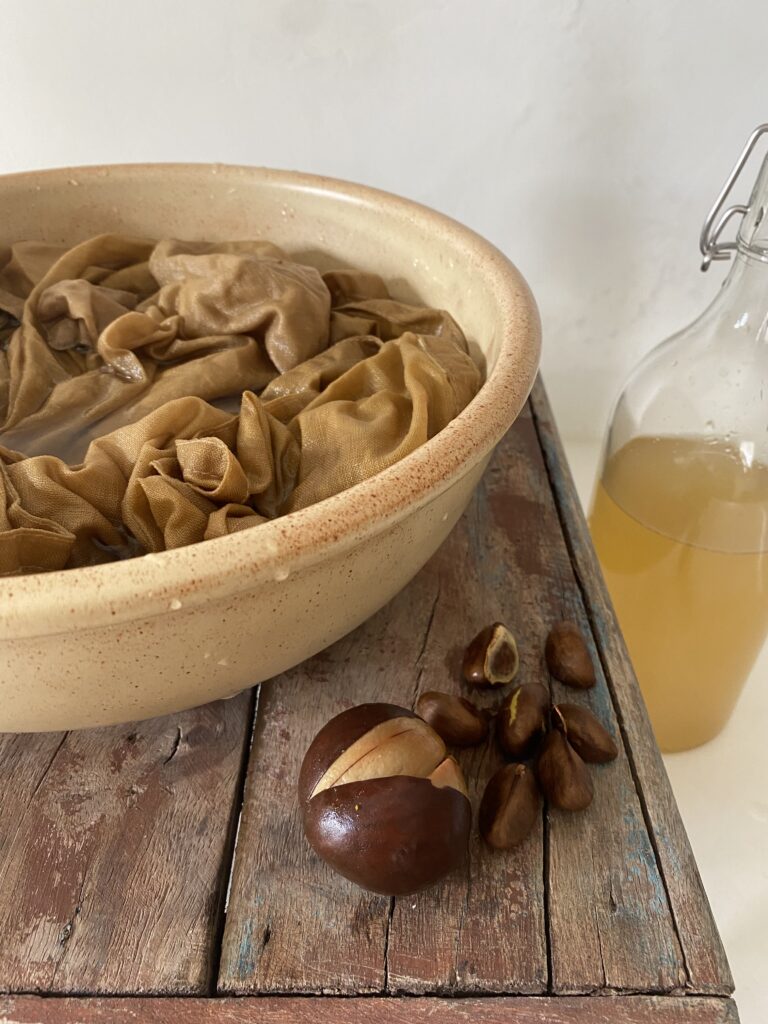
- It’s really important that the fabric made out of plant-based material is well washed before it’s dyed. Ideally you want to use vintage or used linens/cottons instead of brand new pieces, since older material will be less waxy than new fabrics. Otherwise organic natural fibres will work just as well after a wash.
- Choose your ingredients — Always try to include a tannin rich vegetable fruit or plant. Tannins occur naturally in certain plants and trees. The more tannins in a dye, the better the colorfastness.. Some ingredients, like walnut hulls, pomegranate rinds, onion peel, tea and eucalyptus leaves are used to affix the colour to the fabric, which you’ll discover when experimenting.
- Now, mordant — Mordanting requires soaking your fabric in a solution overnight or longer – longer the better. (In this case I used salt). But other alternatives are rhubarb leaves, vinegar, heavily diluted soya milk as it adds protein which opens the fibre, aluminium acetate & iron vat.
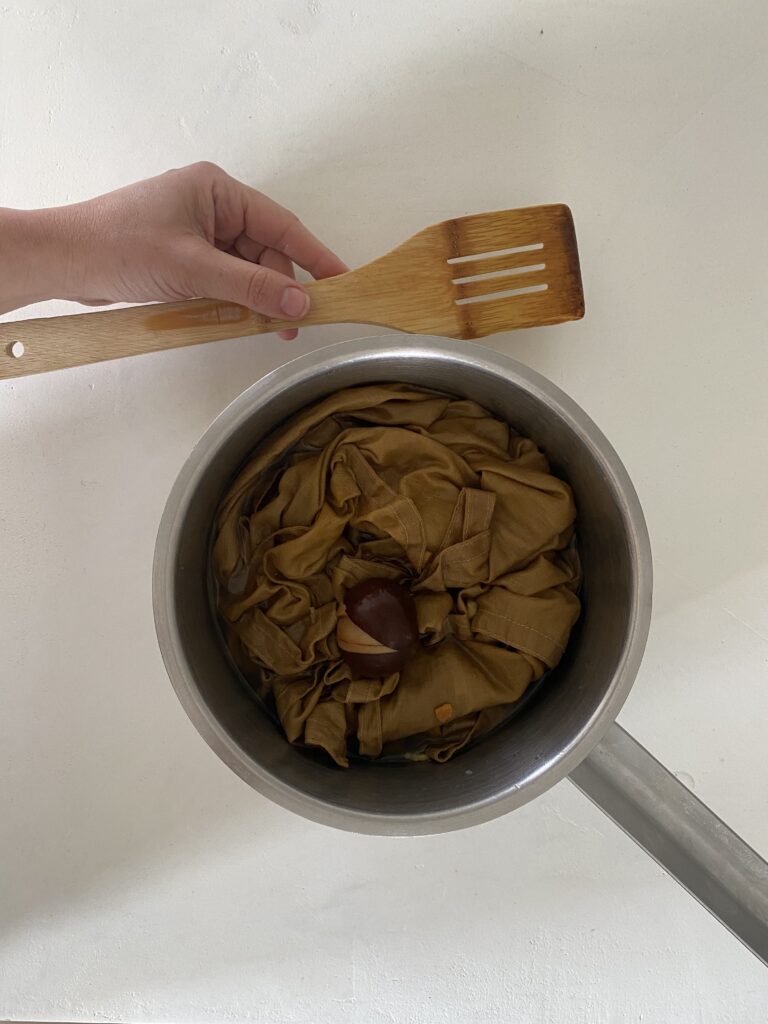
- The Dye Bath — Add your ingredients to a large pot with water, more water means less concentrated but keep in mind the water evaporates and you’ll need enough dye to later completely submerge the fabric when soaking. Boil ingredients for an hour, stirring occasionally. Then remove from the heat and seperate the ingredients from the dye. Let the dye cool down before adding your fabric — it’s important to note, your fabric needs to be wet first, so before adding, quickly dip the fabric in warm water then transfer to the dye. Let the fabric soak overnight, 20 hours at least, stirring intermittently to avoid streaks and patches. When it’s ready, rinse or wash out the excess colour in the fabric, then hang in the shade to dry! Thats it!! You can reuse the dye immediately after or store in a sealed glass jar for a few days to experiment with later again!
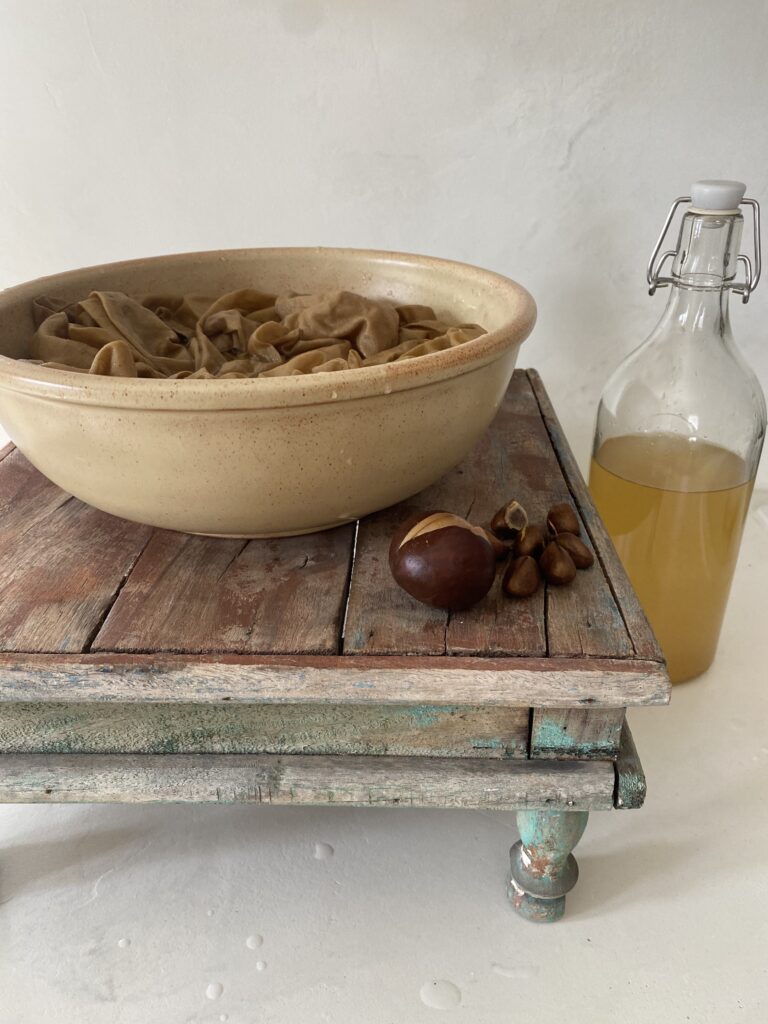
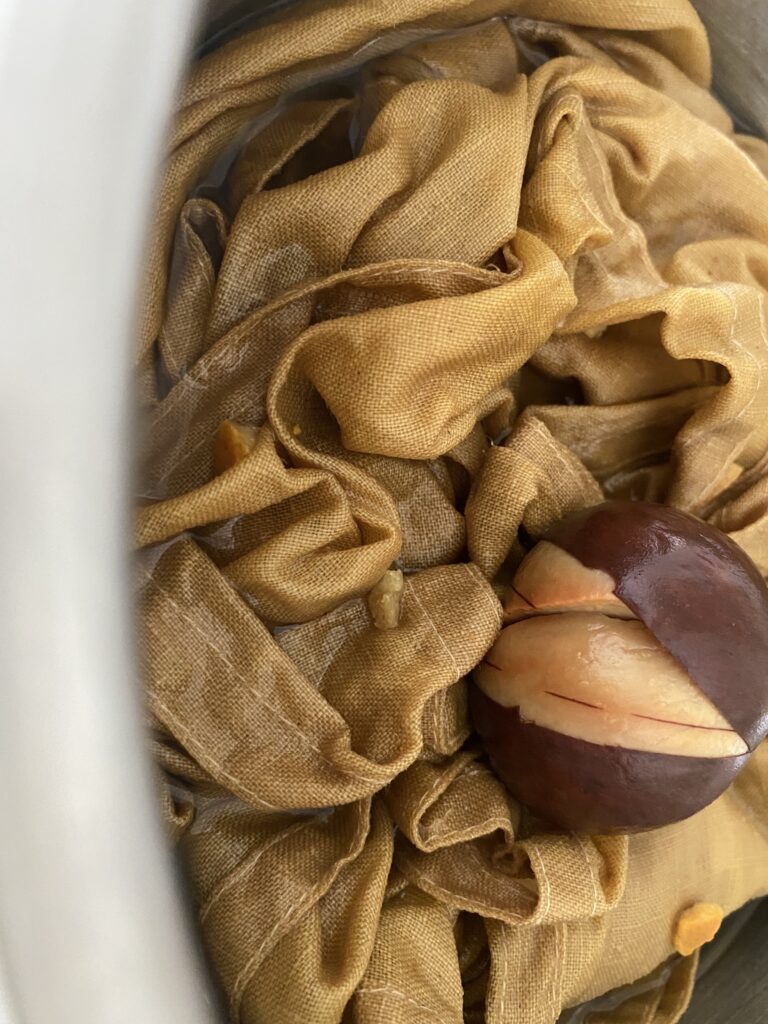

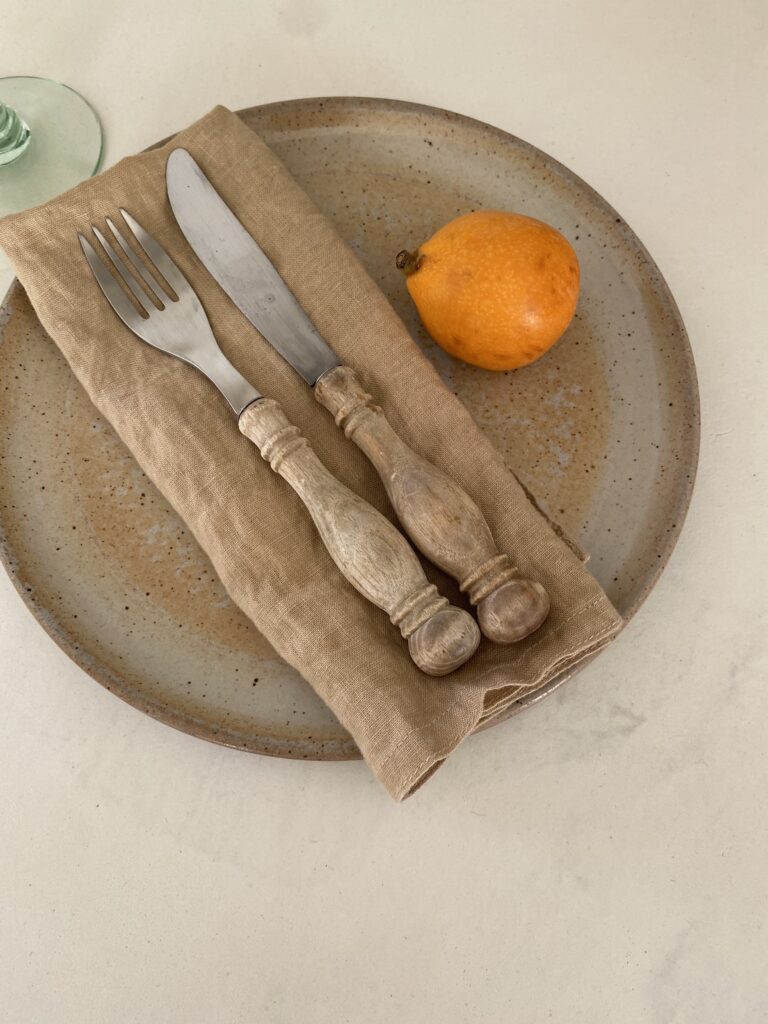
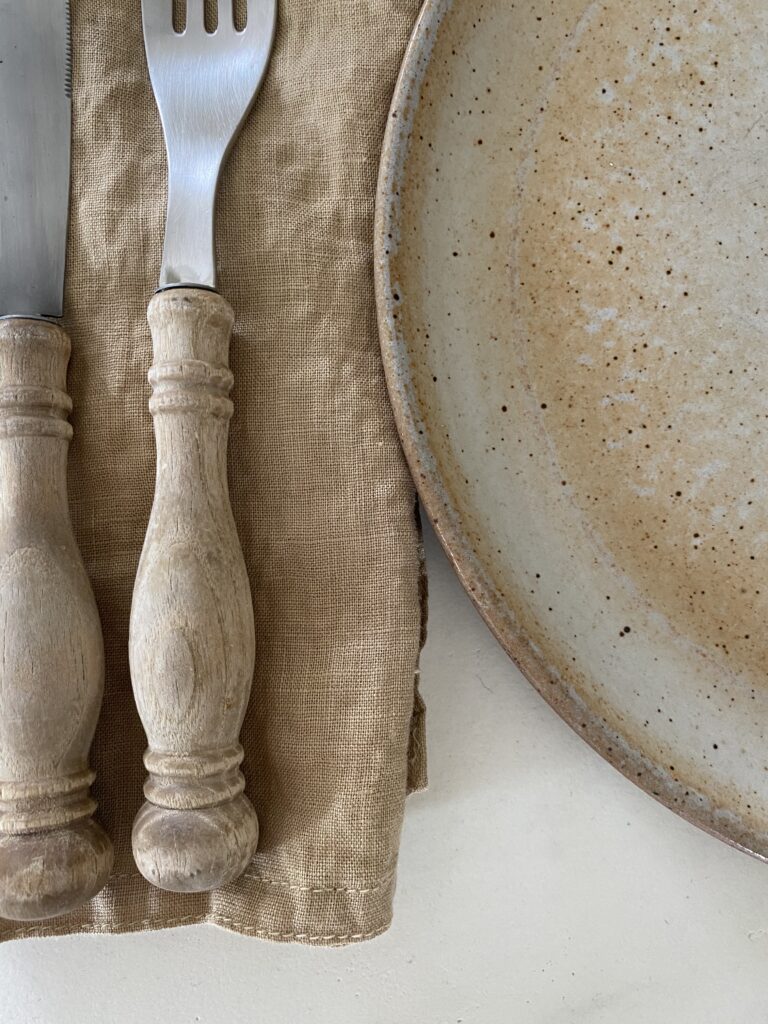
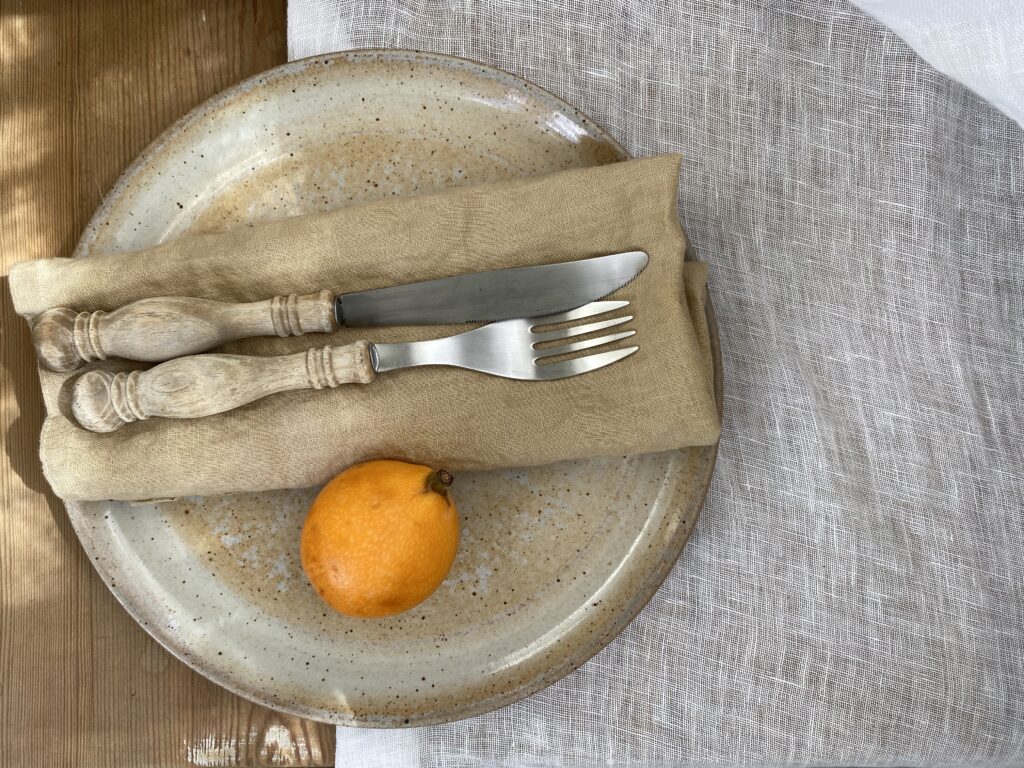
Here are a few of my favourite natural dyers to follow, whom have and continue to help me through this process:
Signe – @imilk
Kathryn – @Kathryn_davey
Rebecca – @rebeccadesnos
Accidente con flores –@accidenteconflores
I hope you also have now discovered a huge love for this natural, sustainable and incredible dyeing method… and please tag me in your dyeing journey, I would LOVE to see what colours you’ve created and how much you’re enjoying it.
Love from Lina x

